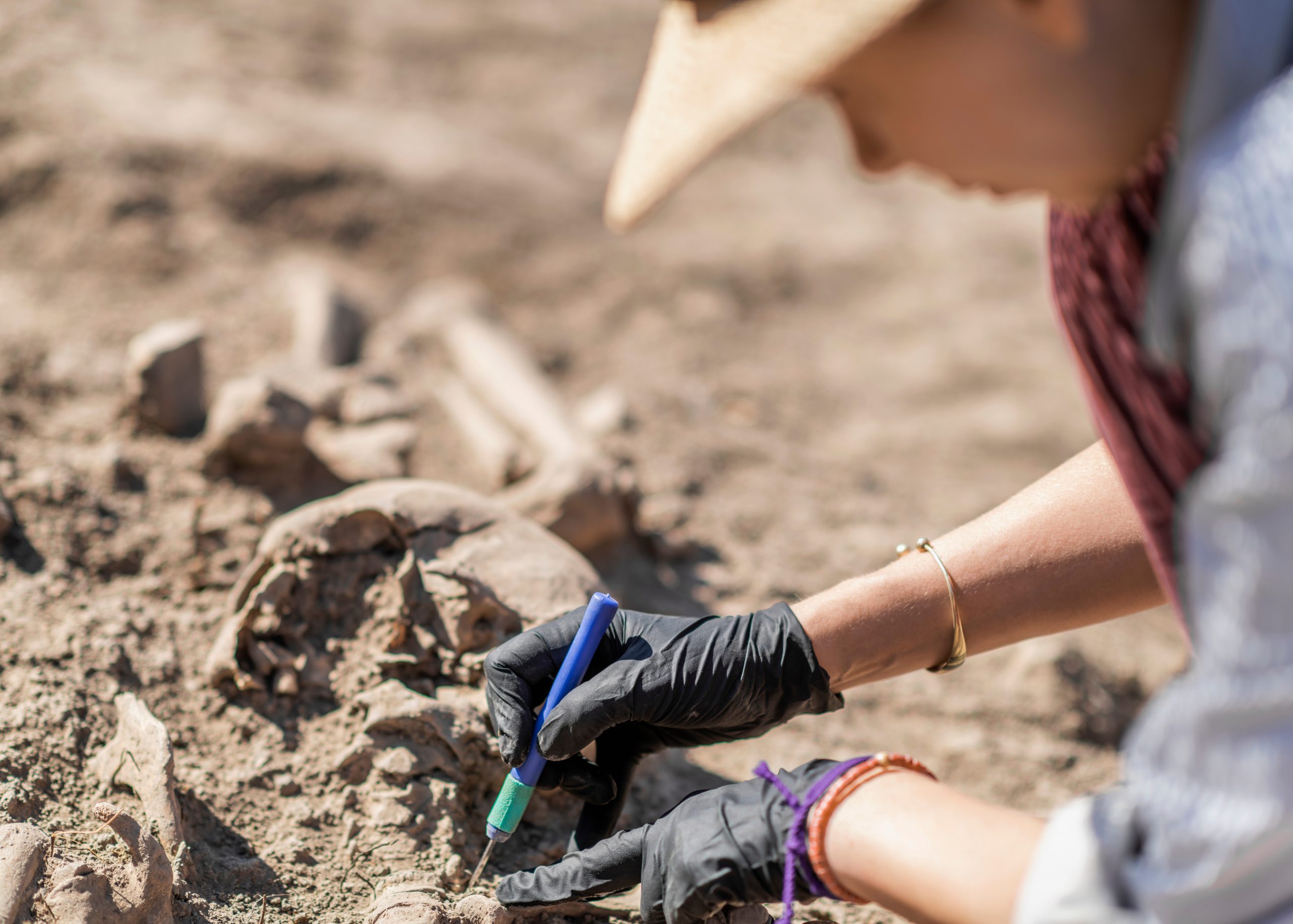Archaeologists from the Consortium of the Monumental City of Mérida and the Junta de Extremadura find dozens of graves in Mérida. Nine seem to belong to ‘princesses’ of the Sueves. The graves date to the 5th century.
The dozens of excavated bodies were lying supine, arms stretched along the torso and with lower limbs straight. The graves are simple: oblong pits with rounded corners and, in a number of cases, with coffins and iron nails. A number of the graves stand out due to the objects found with the remains. These are the graves of nine young noble women, belonging to the Sueve people – a Germanic people. They were buried with ornamental pins, small brooches, earrings, pendants, necklaces, rings, plates with relief, a ceramic pot and a glass beaker. A document written by the archaeologists speaks of ‘noble young foreign women’. The gold and silver jewellery resembles finds from Ukraine, Serbia, Poland and Russia.
Similarities with finds from Eastern Europe
One of the bodies carries a fibula, a silver-plated brooch, which comes from the area around the Black Sea. According to the archaeologists, it is “undoubtedly one of the most remarkable examples of the female and aristocratic costume that was typical of the populations that played the leading role in the great migrations of people in Europe from the beginning of the 5th century onwards”. From a material and cultural point of view, it is a piece of jewellery with great significance. Earrings, manicure sets, and pins have also been found.They all end in a solid twelve-square – which probably served to keep clothes or cloaks together, as they were often found next to the neck or chest of the deceased. The archaeologists also discovered gold beads in various shapes.
The excavated gold tube beads come from the Crimea and the Black Sea. The ten small gold blades in lance form, with wire work and inlaid with garnet, were part of aristocratic attire. They are “very similar to beads kept in the Museum of Cracow,” said the archaeologists. One of the excavated young women wore a silver ornamental pin embossed with gold leaf referring to burial rites in Ukraine, Hungary, Romania, Russia or Poland.
Belgium
Together with a gold ring was a brooch that resembles a piece of jewellery found in Belgium in the grave of a Frankish king. It is likely that the wearers held an important place in the social hierarchy. The exclusive attributes of the jewellery were a symbol of their status.
Historical context
In the 5th century, Hispania endured invasions by Germanic tribes as part of the great migration of peoples. At this time, the Roman Empire was only a shadow of its former self. The capital of the great bishopric of Hispania, Augusta Emerita (now Mérida) built walls to defend itself against dangers from outside. The citizens dismanteld tombs, temples and official buildings in order to build defences from the stone.
In 429, the Sueve people succeeded in plundering the city of Emerita. The new ruling class, from Eastern Europe, buried their dead in an industrial area in the northern suburbs of Mérida. The graves were not all the same. There were monumental graves, simple burial urns, children’s cemeteries and small graves with ceramics. This is where the archaeologists found the ‘barbarian princesses’.


